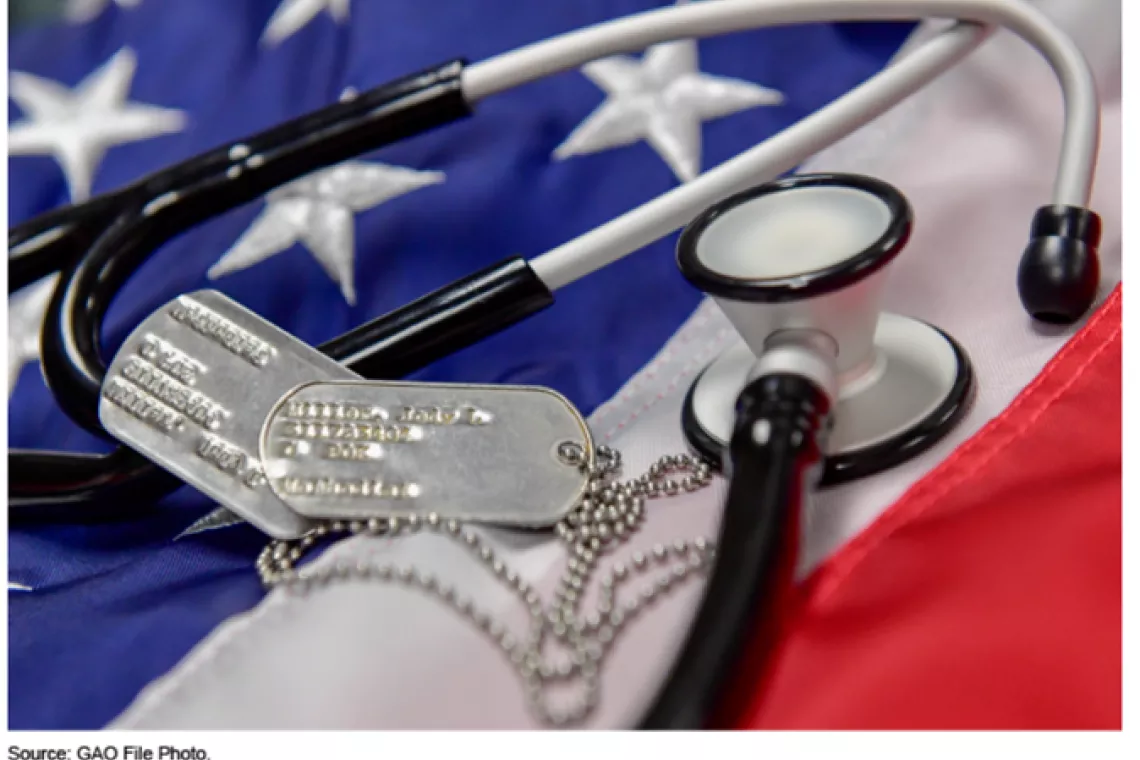Health Tips for the New Year
The New Year provides an opportunity for reflection on personal growth and improvement, which may involve setting health-related goals. We have done a number of reports about preventive health under Medicare and dental services that may help you make some of these decisions for yourself or your family.
Over the past several years, preventive health services have received increased attention for their potential to improve health outcomes and lower health care expenditures. Two groups, the U.S. Preventive Services Task Force (Task Force) and the Advisory Committee on Immunization Practices (ACIP) make recommendations on preventive health services and vaccines, respectively. These recommendations are publicly available and, in some cases, provide specific guidance based on factors such as age and gender. When we compared use of some preventive services to these clinical recommendations for original Medicare beneficiaries over the age of 65, we found that:
- Only 2 out of 3 women received a mammogram.
- Only 1 out of 4 men received colorectal cancer screening.
- Many men and women were not vaccinated against flu and pneumonia, and many women were not screened for osteoporosis.
Should you be getting more (or fewer?) preventive services in the New Year?
More is not always better when it comes to preventive services. We also found examples where the use of certain preventive services was higher than generally recommended. For example, the Task Force recommended against Prostate-Specific Antigen (PSA) testing for prostate cancer in men 75 or older, but 2 out of 5 beneficiaries in that age group received at least one PSA test. (In 2012, the Task Force updated its guidance, recommending against PSA testing in men of all ages.) Ultimately, the Task Force notes that patients should decide which services are right for them, based on their values and preferences.
Curious about which preventive services you or your family might need?
It is always best to discuss options with your physician. Medicare covers a “Welcome to Medicare” exam—a checkup for new Medicare enrollees that includes a discussion of preventive service needs—as well as yearly wellness visits. In our study, we found that fewer than 7 percent of fee-for-service beneficiaries who turned 65 in 2008 received that exam.
You can find a comprehensive table of Medicare Part B preventive services, including information on cost sharing, in Appendix II of our report.
And don’t forget to brush!
Healthy teeth help make a healthy you, and coverage for dental benefits makes it easier to access essential dental services. In 2013, we reported on dental insurance coverage, payments, and fees, noting that high rates of dental disease remain prevalent across the nation, especially in vulnerable and underserved populations. For the years we examined (1996 to 2010), we found that:
- Around 62 percent of people had coverage. The percentage of individuals who had at least one dental visit in each of the years examined was around 40 percent.
- Coverage through Medicaid or the State Children's Health Insurance Program (CHIP) rose from 9 to 13 percent.
- Average annual payments (from patients and insurance companies) increased 26 percent.
- Average annual out-of-pocket payments increased 21 percent, from $242 to $294, for individuals with private dental coverage and 32 percent, from $392 to $518, for individuals with no dental coverage.
Check out our podcast on dental services, and read the report.
- Questions on the preventive services content of this post? Contact James Cosgrove at cosgrovej@gao.gov.
- Questions on the dental benefits content of this post? Contact Katherine Iritani at iritanik@gao.gov.
- Questions or comments on GAO’s WatchBlog? E-mail blog@gao.gov.
GAO Contacts
Related Products

GAO's mission is to provide Congress with fact-based, nonpartisan information that can help improve federal government performance and ensure accountability for the benefit of the American people. GAO launched its WatchBlog in January, 2014, as part of its continuing effort to reach its audiences—Congress and the American people—where they are currently looking for information.
The blog format allows GAO to provide a little more context about its work than it can offer on its other social media platforms. Posts will tie GAO work to current events and the news; show how GAO’s work is affecting agencies or legislation; highlight reports, testimonies, and issue areas where GAO does work; and provide information about GAO itself, among other things.
Please send any feedback on GAO's WatchBlog to blog@gao.gov.





